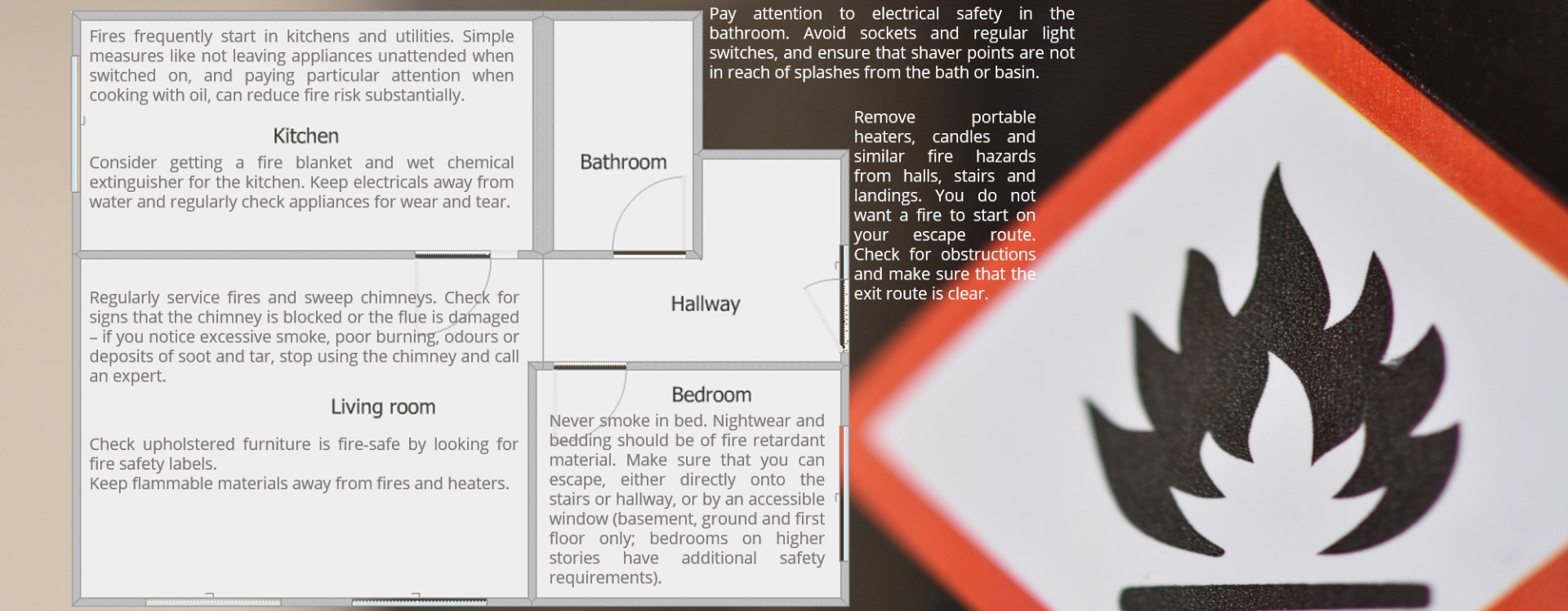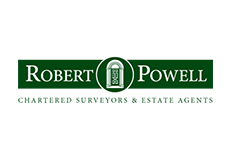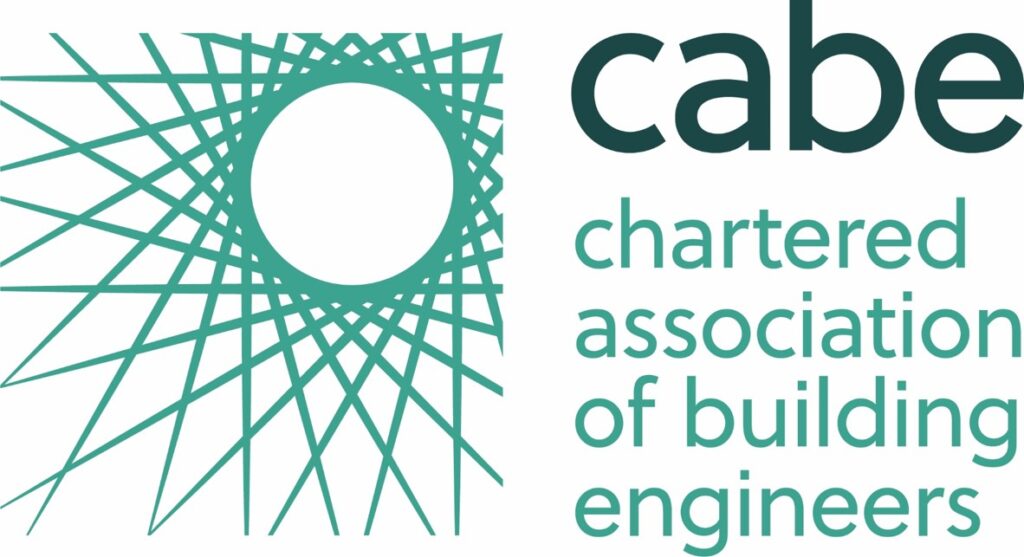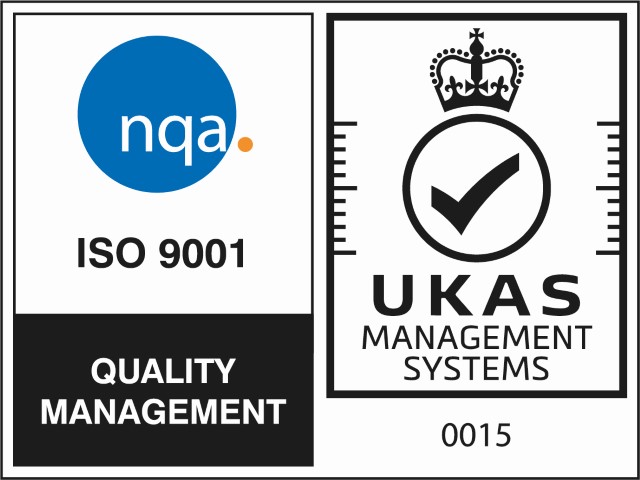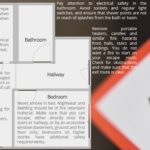
Fire safety should be a key priority for everyone. Whether you’re a tenant or a homeowner, check out the first of our lockdown home maintenance projects: fire safety.
If the coronavirus outbreak means that you are likely to be staying at home for quite a few weeks to come, you might be looking for something productive to do.
Staying at home is giving everyone plenty of time (perhaps too much time) to look over their properties. Whether you’re thinking of selling up when the lockdown is over, or staying put for the foreseeable future, now is a great time to get on top of home DIY jobs and cross items off the home improvement ‘to do’ list.
Over the next few weeks, we’ll provide several lockdown home maintenance project suggestions. We’ll tell you how to tackle damp and drainage problems, what to do about rotting timbers, how to tell if you have Japanese knotweed invading your garden, and key signs of subsidence that you need to look out for.
We’re kicking off this series with fire safety. This is one of the most important lockdown projects you can take on – it will help to keep you and your household safe. If there’s anything on this checklist that you haven’t yet done, make it a priority. There are no excuses if you’re staying home!
Smoke alarms
– At a minimum, check you have at least one each floor; more if you have a big, sprawling property. You can put them anywhere apart from a bathroom (the steam will keep triggering them).
– Check they’re working – press and hold the test button. If there’s an extremely loud alarm, it’s working. If it’s a bit quiet, you probably need to replace the batteries. When you’re testing it, check you can hear it loudly and clearly from all of your bedrooms – is it enough to wake you up from a deep sleep?
– Look after them – vacuum them gently a couple of times a year, and if they’re battery-powered, change the batteries yearly.
– It’s a good idea to replace alarms after no longer than 10 years.
Fire blankets and extinguishers
– Do you have them? Check that you have them anywhere that there is an above average risk of a fire developing. For example, you might decide to keep a fire blanket in your kitchen, and a dry powder extinguisher in your garage. Check that they in good condition.
– Make sure that everyone in the household knows where they are, what type they are, and how to use them. Lockdown could be the perfect time for a family training session.
Fire escape routes
– Do you have portable heaters, candles and similar fire hazards on your halls, stairs and landings? If so, move them. These are escape routes and fires in these areas can have serious consequences.
– Check that any fire doors are in good condition and fit snugly to the door frame.
– If you have bedrooms on the top floor of a 3-storey house, consider installing linked smoke alarms for additional fire safety. In addition, fire doors on rooms that lead to landings and staircases will also increase escape times.
– If your stairs lead to an open plan living room/kitchen, a fire downstairs could prevent escape from upstairs rooms. If this is the case, consider getting fire escape ladders for your upper floors.
– Another great lockdown activity – rehearse your escape routes from different areas of the house. Once you’ve nailed a route, imagine it’s blocked and rehearse the alternative. It could save your life one day.
– Pay particular attention to planning escape routes from any bedrooms or living rooms that you can only escape from by going through another room (i.e. from any ‘inner rooms’).
Electric and gas heaters
– Check heaters are not covered or very close to flammable objects and materials, such as upholstered furniture, curtains or clothes.
Open fires and wood-burners
– Check you’re using the right fuel – wood should be seasoned, which means it will have a moisture content of less than 17%.
– If you decide to add a fireplace in your living room or bedroom, make sure that you work with a professional contractor and then install a fireguard, even if you don’t have children. Guards are needed to stop sparks from hot embers leaping out from the fireplace and starting fires on rugs, carpets and anything else that might have been left lying around.
– When did you last get the chimney swept? This should be done at least once a year – more often if you’re using wood or bituminous coal. There are several signs that you should get your chimney swept as soon as possible, regardless of when it was last done. If you can smell anything from your chimney when it’s not in use, if you can see tar deposits in the chimney, if soot is dropping into the fireplace, if it’s getting difficult to start fires, if smoke fills the room when the fire is lit or if there are any signs of wildlife setting up home in your chimney, your chimney is likely to have become a fire hazard.
– If the chimney does need sweeping or if there are issues with the flue, stop using the fire until lockdown is over and you can get a professional in. Luckily, we’re heading for warmer weather now that spring is here, so if you can’t use your fire for the lockdown period, hopefully you won’t freeze!
– Is the chimney flue in good condition? You can take a look at the bottom of the flue yourself using a mirror and a torch. Look out for soot and tar deposits and any holes or cracks. However, there’s no substitute for a professional inspection, so when you next get the chimney swept ask the chimney sweep to check if the flue is in good condition. Particular attention should be paid to older properties that are made from brick or stone – the joints can deteriorate, resulting in gaps in the flue walls. These gaps can allow the release of smoke and fumes that can in turn lead to carbon monoxide poisoning or chimney fires.
Electrics
– Check the last time that the electrical system and wiring was tested by a qualified electrician. Have there been any changes or adaptations to the system since then?
– Look at your plug sockets – are any overloaded? Be particularly careful with heaters and items like electric blankets – these are more likely to cause sockets to overheat.
– Extension leads and plug adaptors have current ratings. This is the maximum current that should run through the socket. Exceeding this can cause overheating and fire. Most leads and adaptors can take up to 13A.
– This may seem like a lot, but can be almost entirely used up by one kettle or one iron. The Electrical Safety First’s socket calculator is a handy way to get an idea of how easy it is to overload a socket.
– Take a look at all of your sockets – if you smell any burning, or if you see sparks, smoke, melting, damaged wire or casing, or scorch marks, stop using them and get an electrician in. This would be classed as essential repairs and maintenance, and so can and should be sorted out, even though we are in lockdown.
– Are you, or do you live with, an Ebay addict? A very easy lockdown home project is to simply check your appliances all have British or European safety marks. Even the kids could help with this one.
Particular fire hazards
– Do you have any upholstered furniture bought before 1988? Or bought second-hand since then? This may not have been subject to current laws requiring material to be fire-resistant.
– If you’re not sure, check for a fire safety label. All upholstered furniture manufactured after 1950 and sold by a business since 1988 needs to have a label by law.
– If it doesn’t, and it’s not because you removed the label yourself (note: don’t do this – you will struggle to sell your sofa on, or even off-load it for free, when you no longer want it), consider replacing your furniture with something more fire-safe.
– Is your tumble dryer safe? When did you last remove the lint? Do this after every load. Now is a good time to check that it is vented properly – are clothes very hot but taking a long time to dry? Is the flapper on the vent hood opening properly when the dryer is in use?
Buying a property?
Here are a few additional questions to ask when you’re moving into a new home.
– Have gas and electric heaters and similar appliances been checked and approved by an approved PAT tester?
– Have gas appliances been checked by a gas safe engineer? Have flues been inspected? If flues are in voids there should be inspection hatches fitted so that engineers can check that the flue is working property.
– Does the property have a recent electrical certificate?
– Have chimneys been swept? Are flues intact?
– Check an appliances you inherit haven’t been recalled.
– Do you have building regulations certificates for the property? If not, for example, if the property is old, are you confident that there is adequate protection to limit the spread of fire and allow escape?
– Pay particular attention to loft and basement conversions.
For more tips on fire safety, visit our advice page.
We haven’t covered specific concerns for flats, maisonettes and high-rise buildings. There is a wealth of information available on the internet. Local fire service websites, such as this one, offer great advice.

